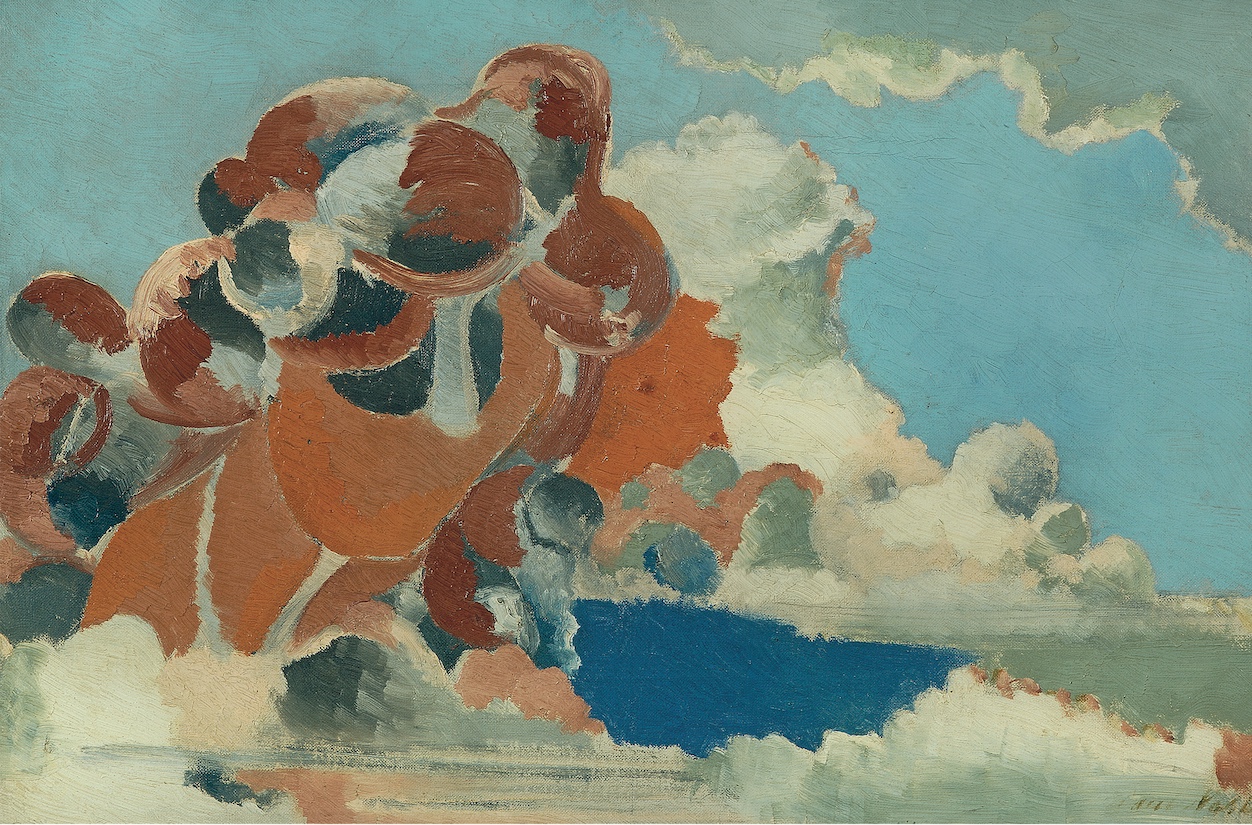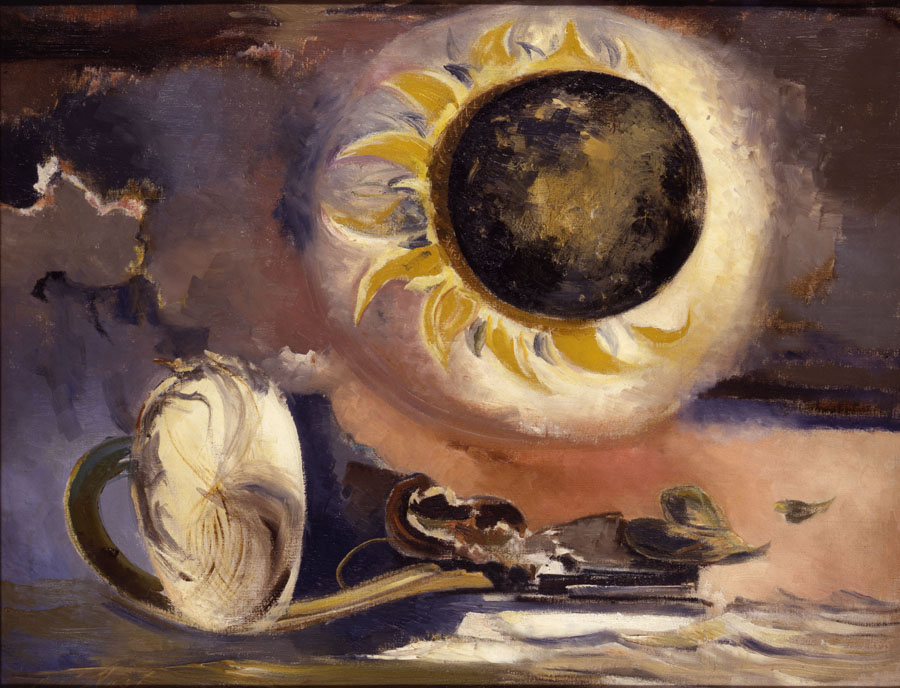|
Following Alice Neel, the Fondation Vincent van Gogh Arles brings to the space the British artist Paul Nash (1889-1946), a major painter of the 20th century still under-recognized in France, whose works selected for this exhibition are imbued with a surrealist atmosphere and a sense of the finite, against a backdrop of death and war. |
|
An English modernist, Paul Nash (1889-1946) combined a fascination for natural landscapes with his very personal vision of the real and imaginary worlds which surrounded him. This led him to create an extraordinary body of work, which sets him among the most important British artists of the 20th century. The exhibition will also feature other documents, including photographs and archives, which will shed light on a little-known aspect of this artist’s life and work, that being the influence of the South of France and French painters (such as Paul Cézanne and Jean Lurçat), gleaned during Nash’s various journeys to France in the 1920s and 1930s, including a short stay in Arles. Curator: Simon Grant
|
|
About the artiste Born in London in 1889 and dying in Boscombe, United Kingdom, in 1946, Paul Nash was raised in Buckinghamshire, where he developed a keen love of landscapes. After failing his naval entrance examination, he chose to become an artist and focussed on landscape painting at the Slade School of Art. He enlisted in the army at the beginning of the First World War but, having been sent to a relatively quiet front in Belgium, he was able to continue painting and became an official war painter in 1917. Main exhibitions (selection) :
Photos : |





